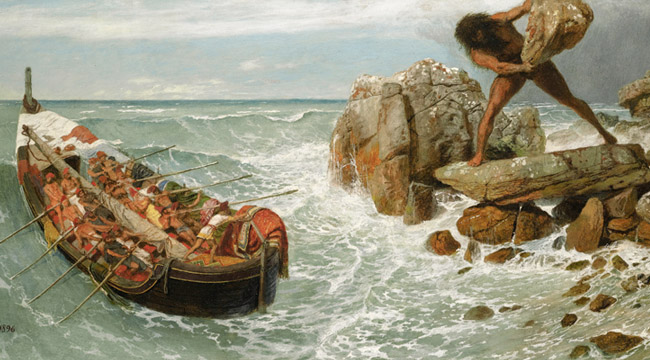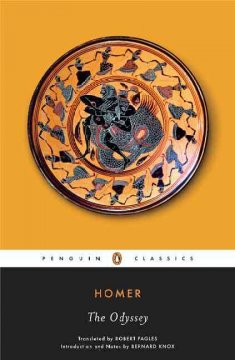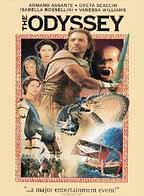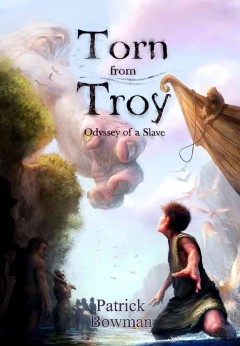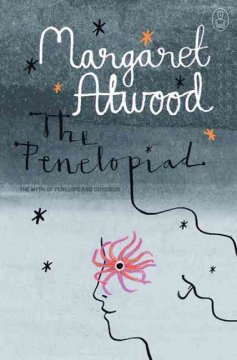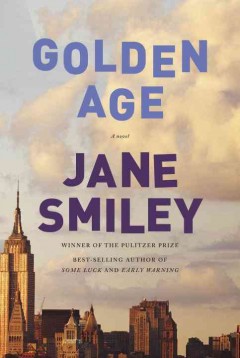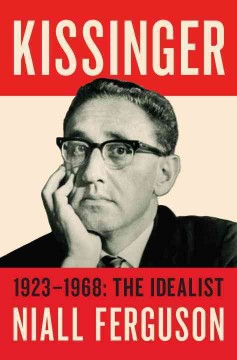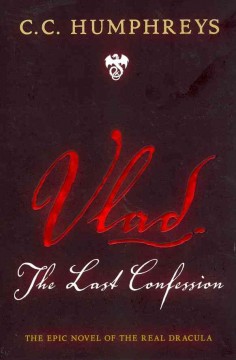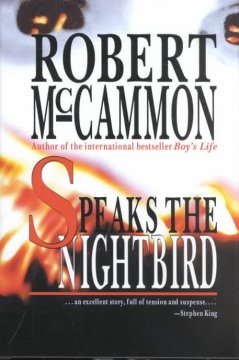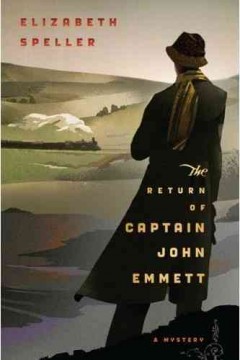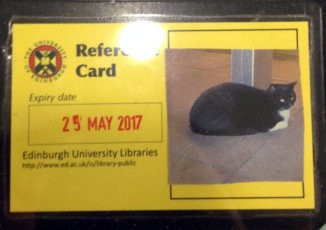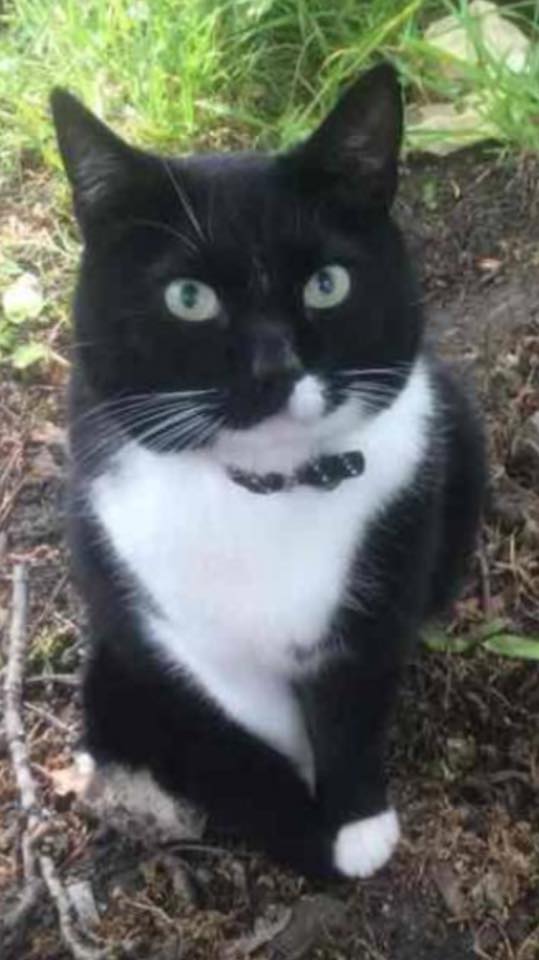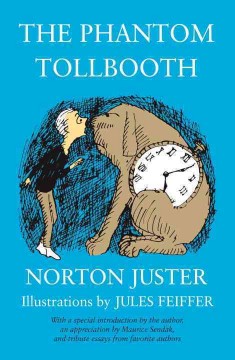We live in interesting times, Beloved Patrons…but there are times when that can actually be a good thing. In an effort to keep our spirits up and hearts engaged, I thought I’d tell you about one of those Good Things here…the discovery and release of an unknown poem by Percy Bysshe Shelley.
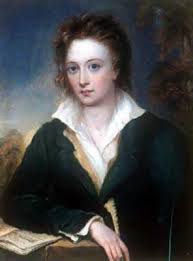
Our story begins with Peter Finnerty, an Irish journalist, was tried and found guilty of seditious libel. Finnerty was a member of the United Irishmen, a group dedicated to liberating Ireland from British rule, and one of its members, a man named William Orr, was executed for treason after attempting to recruit a British soldier to the United Irishmen. It’s very clear that the British government wanted to make an example of Orr, and journalist Peter Finnerty was not about to let anyone forget that. As a result, he was treated with the same heavy hand as his comrade, and was sentenced to a two-year prison sentence, and a session in the pillory.
When the seventeen-year-old Shelley began his studies at Oxford, was incensed to learn of Finnerty’s treatment–indeed, it seems he was infuriated that William Orr had been executed, as well, which is pretty surprising, especially given Shelley’s affluent, British upbringing. But in Finnerty’s case, there was something Shelley could do to help. Prisons in Britain at this time charged their inmates for room and board, and for anything else they could legitimize. The result was often that a prison stay of any duration could bankrupt a prisoner, in addition to ruining his health. Thus, Shelley decided to help Finnerty with the costs of his incarceration by writing a poem.
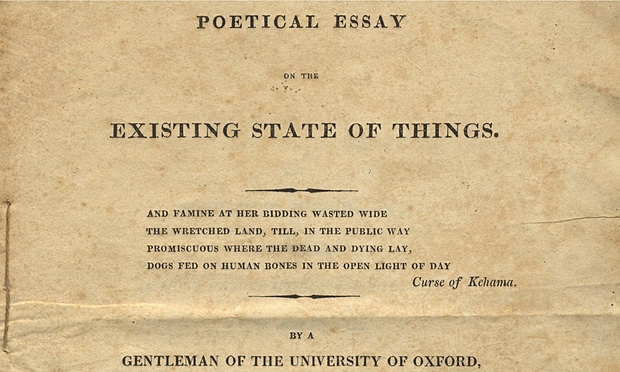 His work, titled “A Poetical Essay on the Existing State of Things”, was published by a printer on Oxford High Street in 1811. The poem itself is a 172-rhymed tirade not only against the hypocrisy of governments and bureaucrats, but against British imperialism, and the cruelty of dominance, as well; he mentions how “The fainting Indian, on his native plains; / Writhes to superior power’s unnumbered pains”, which, for the time, is a remarkably bold commentary on British actions in India, and displays an incredibly human response to the plight of natives, who the British government continued to see as less-than-human. Shelley was not advocating violence to replace violence, though–he expressly mourns the “Millions to fight compell’d, to fight or die / In mangled heaps on War’s red altar lie”. His argument is for rational thought and humanity, which he realized at the time was even more dangerous to tyranny than violence.
His work, titled “A Poetical Essay on the Existing State of Things”, was published by a printer on Oxford High Street in 1811. The poem itself is a 172-rhymed tirade not only against the hypocrisy of governments and bureaucrats, but against British imperialism, and the cruelty of dominance, as well; he mentions how “The fainting Indian, on his native plains; / Writhes to superior power’s unnumbered pains”, which, for the time, is a remarkably bold commentary on British actions in India, and displays an incredibly human response to the plight of natives, who the British government continued to see as less-than-human. Shelley was not advocating violence to replace violence, though–he expressly mourns the “Millions to fight compell’d, to fight or die / In mangled heaps on War’s red altar lie”. His argument is for rational thought and humanity, which he realized at the time was even more dangerous to tyranny than violence.
Ultimately, though, Shelley’s poem is one of hope and encouragement, urging that without freedom for all, no one can claim to be free. He ends his poem with the verse:
Oppressive law no more shall power retain,
Peace, love, and concord, once shall rule again
And heal the anguish of a suffering world;
Then, then shall things, which now confusedly hurled,
Seem Chaos, be resolved to order’s sway,
And error’s night be turned to virtuous day.
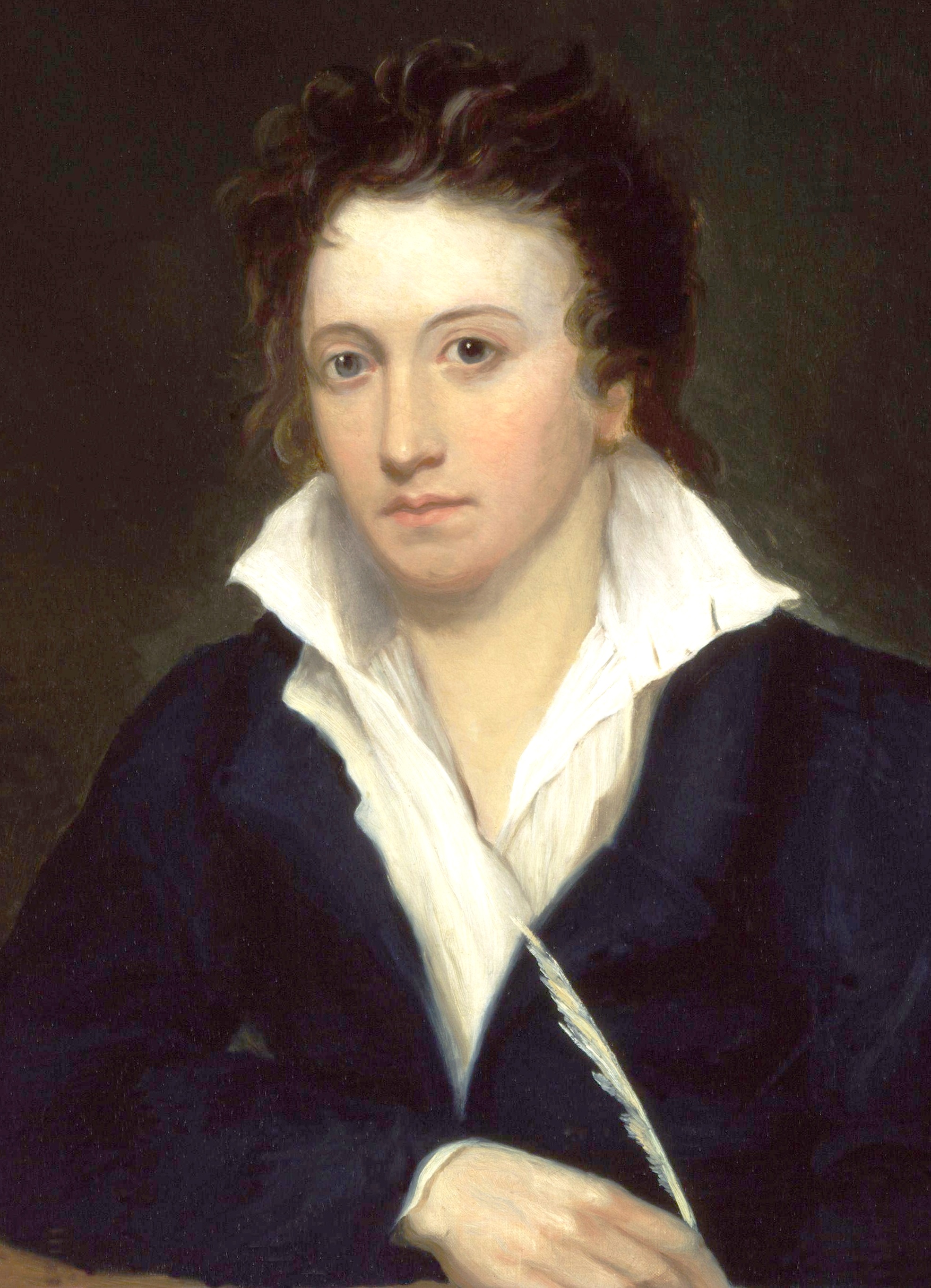 The poem was not attributed to Shelley until some fifty years after his death, and, by then, it was assumed that no copies of the 20-page pamphlet existed. In 2006, however, a copy was discovered amidst a private collection, and quickly bought by the Bodleian Library at Oxford. Since then, only a handful of scholars have been allowed to see it–until Michael Rosen, who also championed the Roald Dahl Funny Prize, advocated for its release to the general public. In a statement to The Guardian, Rosen explained: “This is someone who from a young age… in spite of his position in the class system, chose to champion the poor, the exploited, the oppressed and the victimised…he sees that the poor afflicted by ‘indigence’ and ‘persecution’ are ‘deprived of the power to exert those mental capabilities which alone can distinguish them from the brutes’.”
The poem was not attributed to Shelley until some fifty years after his death, and, by then, it was assumed that no copies of the 20-page pamphlet existed. In 2006, however, a copy was discovered amidst a private collection, and quickly bought by the Bodleian Library at Oxford. Since then, only a handful of scholars have been allowed to see it–until Michael Rosen, who also championed the Roald Dahl Funny Prize, advocated for its release to the general public. In a statement to The Guardian, Rosen explained: “This is someone who from a young age… in spite of his position in the class system, chose to champion the poor, the exploited, the oppressed and the victimised…he sees that the poor afflicted by ‘indigence’ and ‘persecution’ are ‘deprived of the power to exert those mental capabilities which alone can distinguish them from the brutes’.”
And last week, the world got to meet “A Poetical Essay on the Existing State of Things” by Percy Bysshe Shelley for the first time. Not only is the pamphlet on display at the Bodleian, but they have digitized it, as well, so you can read it for yourself, wherever you might be! The link is here, complete with flippable-pages and transcribed text.
Be sure to have a look at this newly-discovered treasure, and here’s hoping it brings a little light to your day.
~~~~~~~

For those looking for more of the story…Shelley was expelled from Oxford in April of 1811 after publishing another pamphlet, this one titled “The Necessity of Atheism”. He eloped with a sixteen-year-old poet named Harriet Westbrook, and in 1813, eloped again with Mary Godwin, who was the daughter of early feminist writer Mary Wollstonecraft and William Godwin, and anarchist poet (Harriet committed suicide in 1816). Shelley would go on to write a wealth of powerful poems, while Mary wrote Frankenstein, after she and Percy whiled away a rainy vacation with Lord Byron and his doctor, John Polidori. Shelley grew increasingly revolutionary as the years went on, and following his death from drowning on july 8, 1822, onboard his boat, named the Don Juan in honor of Byron, rumors floated around that he was murdered for political reasons–though a freak storm and Shelley’s poor skills as a navigator may have played a larger role. He is buried in Rome, and has a place in Poet’s Corner in Westminster Abbey in London.



